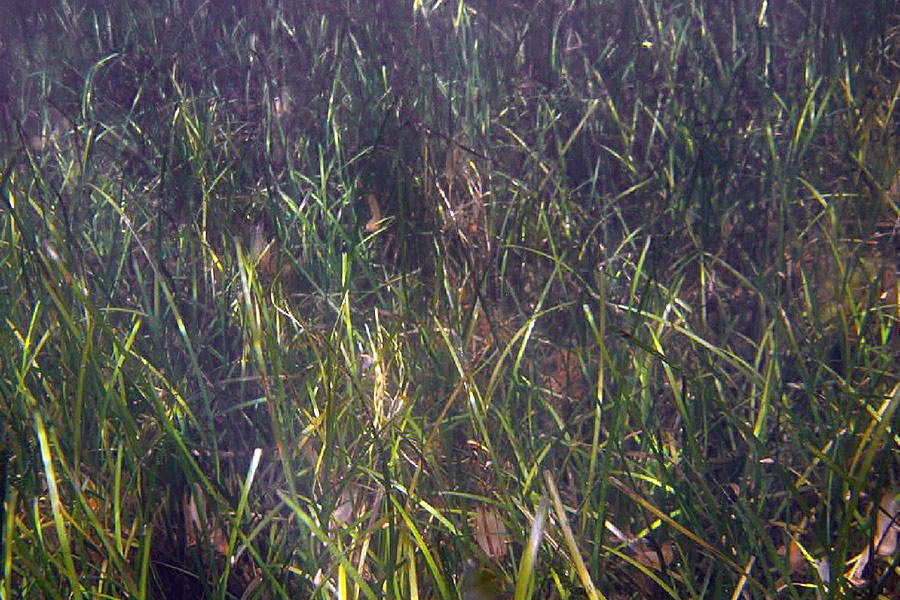Norway
Blue forest ecosystem restoration along the coast of Norway
Northern Norway and the Oslofjords
Norway’s coastal line is about 100 000 km long, providing suitable habitats for extent kelp and rockweed forests, as well as sea grass meadows. Blue forests are highly productive ecosystems, providing many ecosystem services. They create habitat for various macroalgae, invertebrates and fish species. They also function as a nutrient and food source for other ecosystems.
The challenge
The blue forest area distribution has significantly declined in many regions in the past decades. Large kelp forest areas in northern Norway are lost due to sea urchin grazing. Ocean warming, ocean darkening and eutrophication has caused severe declines of kelp forests also in the southern part of Norway. Coastal development, ocean warming and eutrophication also threatens the blue forests, in particularly the seagrass meadows.
The nature-based solution


By restoring the blue forest habitats, we improve the coastal ecosystem, increase the biodiversity and fish populations, enhance recreational value and regain the blue forests role as carbon sink. Restoring blue forests mitigate climate change (through carbon storage/sequestration) and protect marine life against the negative impacts from climate change (e.g. by counteracting acidification through photosynthesis and providing shelter and shadow for high temperature sensitive species). Blue forests provide regulating services by storing carbon in the biomass and by sequestrating carbon in the sediments.
They take up nutrients, serving a bioremediation function. They also protect shorelines by dampening waves or reducing the coastal erosion by solidifying sediments along the shoreline. Blue forests also deliver provisioning services.
Harvesting of kelp can also benefit local communities, using the seaweed for a variety of purposes, both traditional and new. Furthermore, blue forests supplies cultural recreational services as they are of major interests for diving and kayaking activities.
Role of living lab in Invest4Nature
As a research institute, NIVA has taken an active role in the implementation of blue forest restoration in Norway, by measures such as kelp and sea grass transplanting or sea urchin harvesting and culling. Based on our previous experience in NbS implementation in the form of blue forest ecosystem restoration, we will support the advancement of the investment case for nature-based solutions by closely collaborating with local stakeholders. We will map the potential feasible business models for future blue forest and coastal ecosystem restoration activities and their scaling up. Hands-on investment decision tool will be developed for these activities to facilitate the future investment decisions in ecosystem restoration by both public and private sectors.
Wenting Chen
The Norwegian Institute for Water Research (NIVA)
